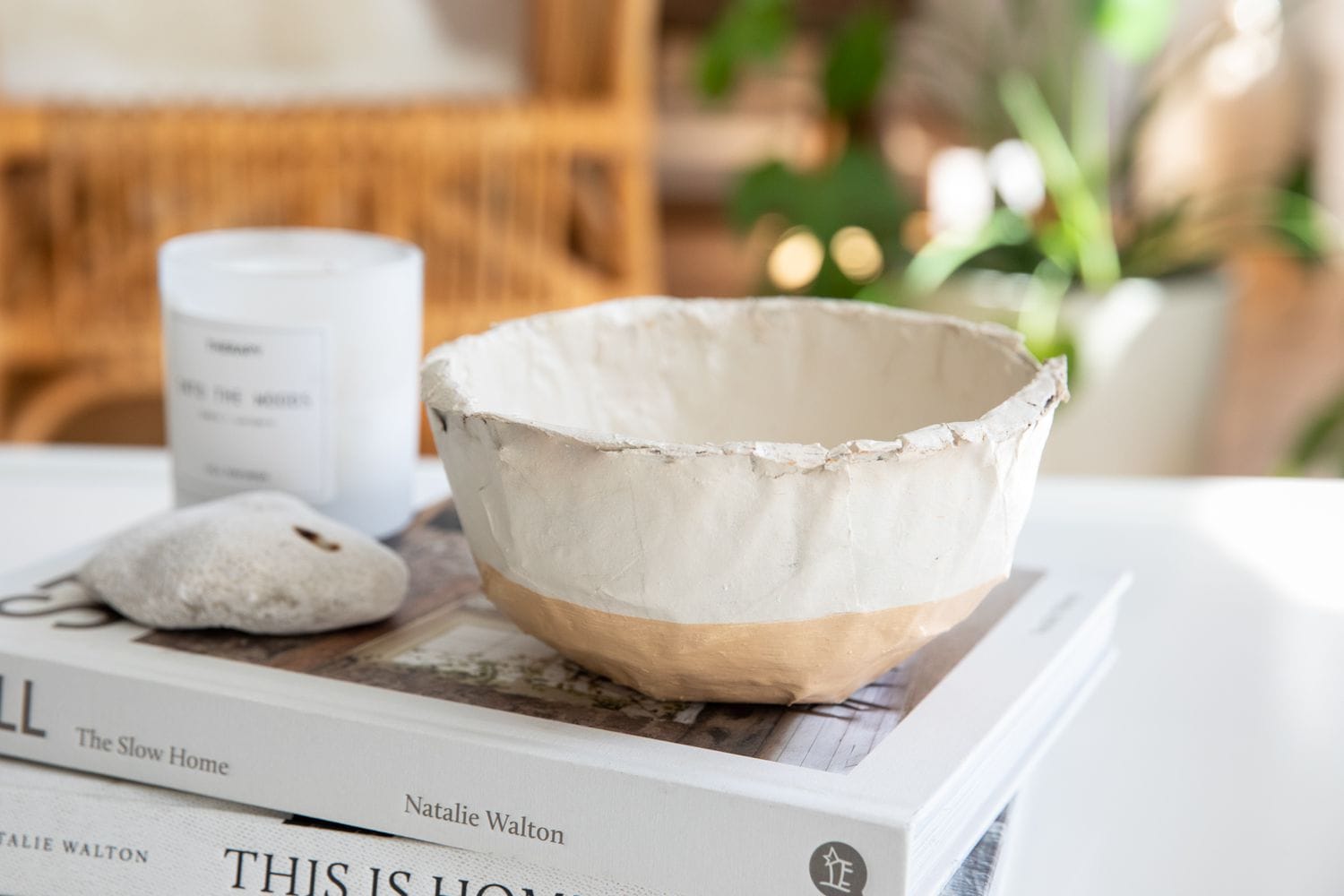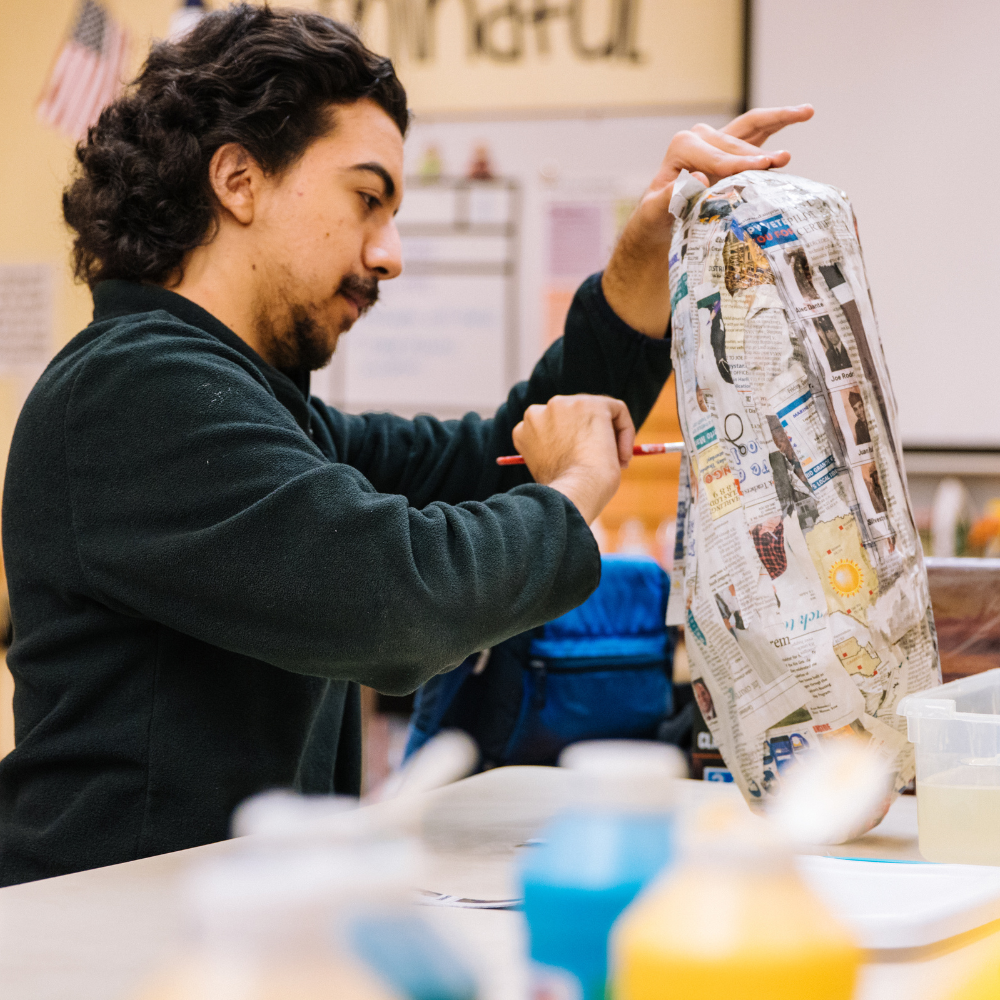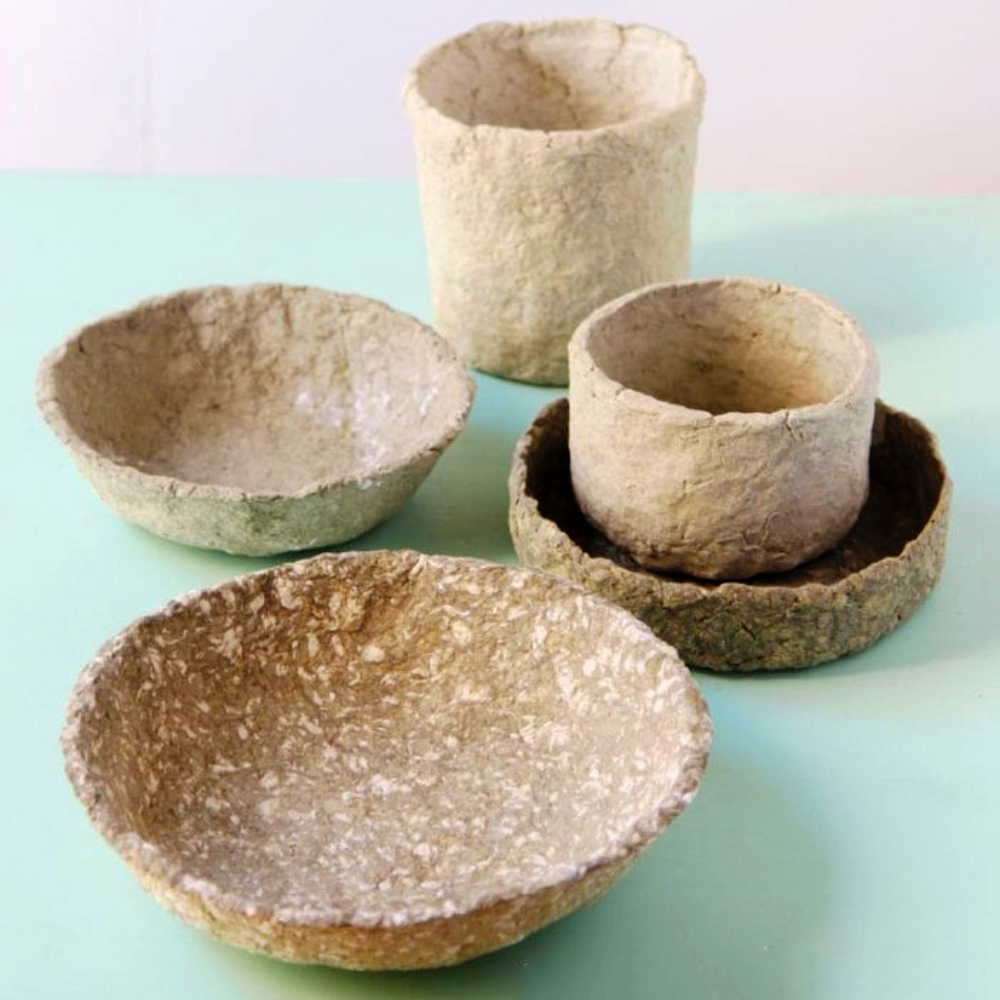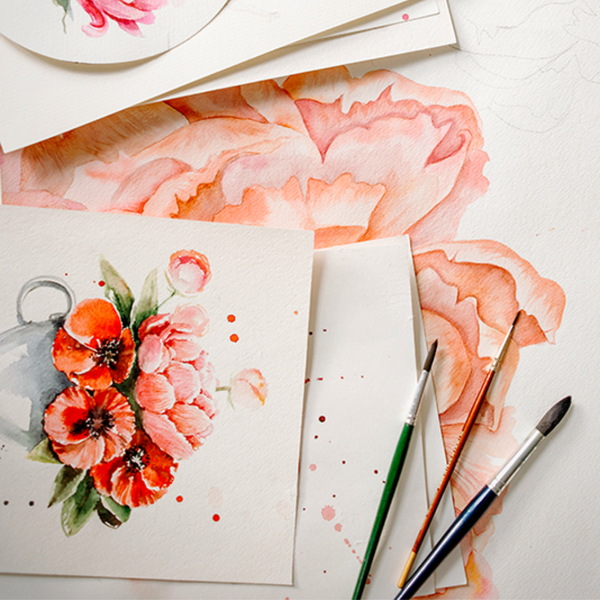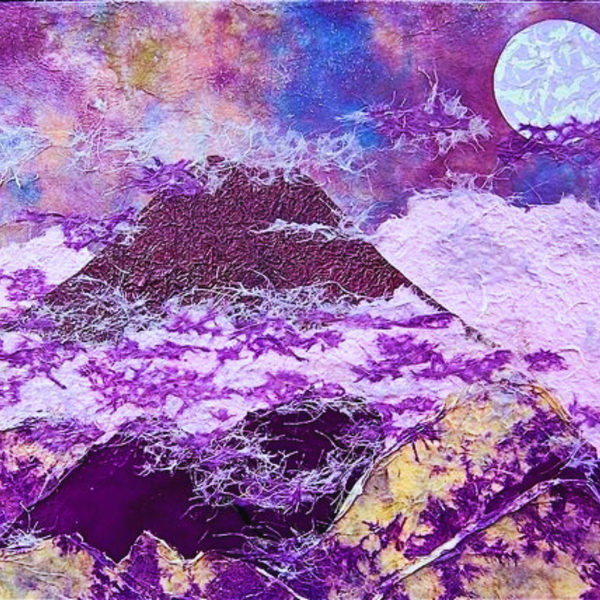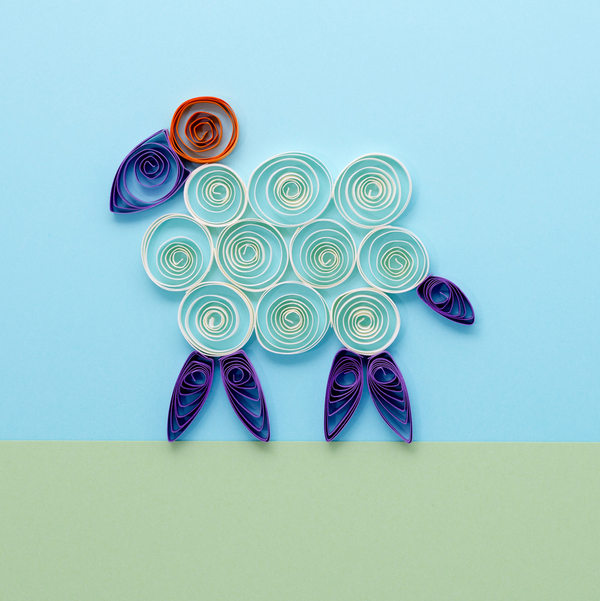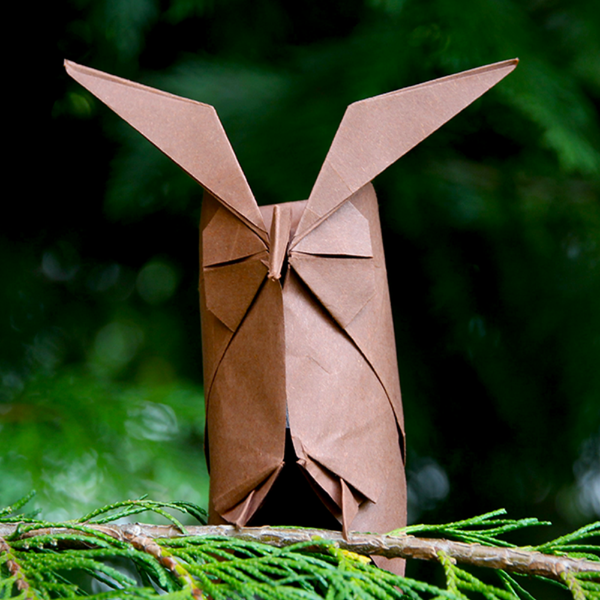Sculpting has been a form of artistic expression for millennia, with various materials being used to create three-dimensional art.
It is not just an art; it's a conversation between artist and medium.
And when it comes to choosing the right material, the dialogue gets intriguing with the introduction of paper clay.
This hybrid marvel, a fusion of traditional clay and paper fibers, has been stirring up the sculpting world with its promise of enhanced malleability and strength.
But does it truly live up to the hype?
With the advent of paper clay, sculptors have discovered a medium that combines the workability of traditional clay with the added benefits of paper fibers.
Let's explore the potential of paper clay in the sculptor's studio, examining its properties, performance, and the breathtaking possibilities it offers for artists seeking to push the boundaries of their craft.
Key Takeaways:
- Paper clay is a versatile medium that offers unique benefits for sculpting, such as reduced cracking and added strength.
- The inclusion of paper fibers in the clay body allows for innovative sculptural techniques and easier repairs.
- Understanding the properties and best practices for using paper clay can enhance the sculpting process for both amateurs and professionals.
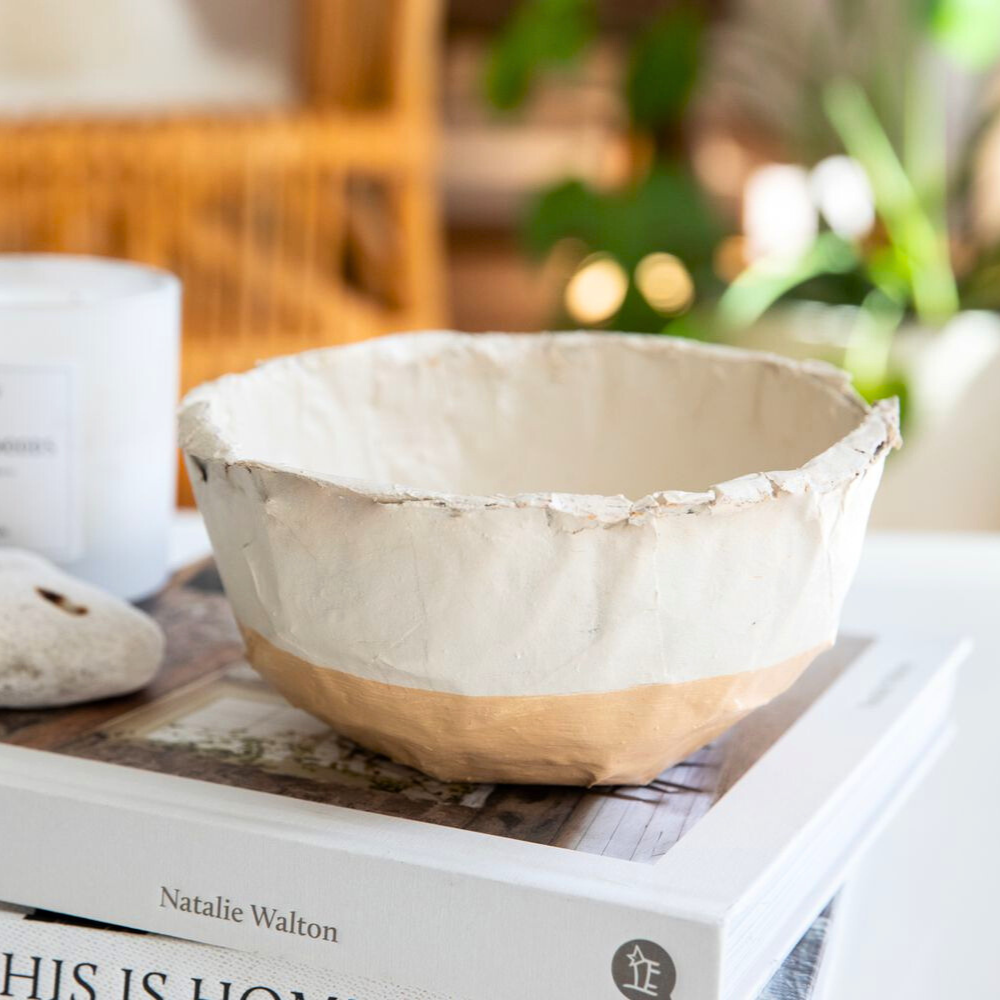
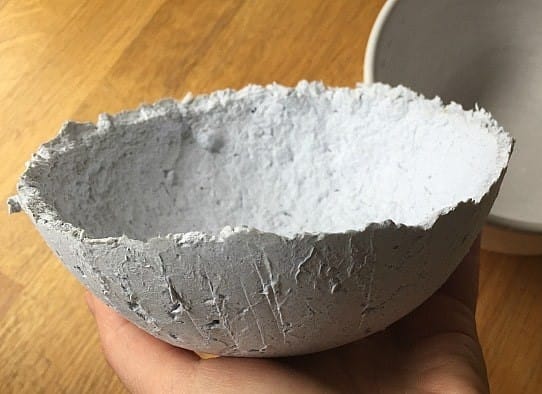
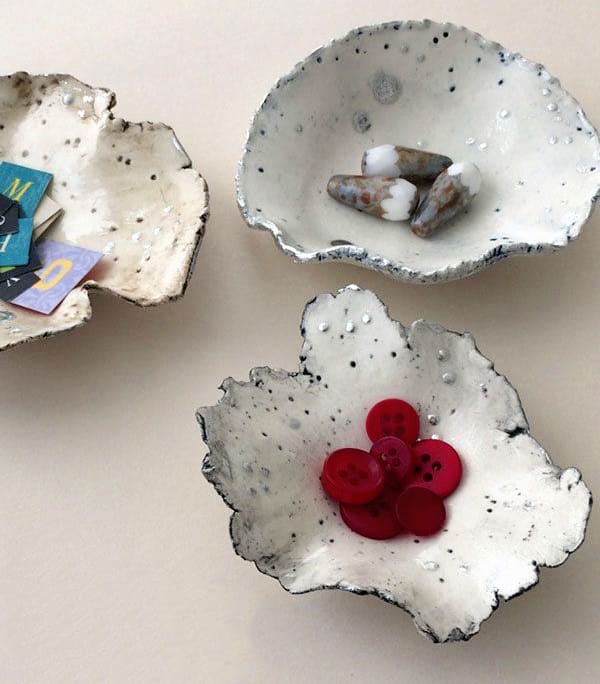
What is Paper Clay?
Paper clay is a unique type of clay that is mixed with paper pulp or other fibers.
The addition of these fibers to the clay body creates a material that is both lightweight and strong.
This innovative clay is particularly useful for sculptural work, as it allows for the creation of larger pieces and thin sheets without the worry of things breaking as easily as they might with regular clay.
The paper fibers within the clay act as a reinforcement, reducing the likelihood of cracking during the drying and firing processes.
Benefits of Using Paper Clay for Sculpting
One of the primary advantages of paper clay is its ability to reduce cracking.
When working with large pieces or complex shapes, traditional clay can often crack due to uneven drying.
Paper clay, however, with its slow drying properties, allows moisture to dissipate more evenly, minimizing the risk of cracking.
Additionally, the paper fibers create a stronger clay body that can withstand the stress of hand building and sculptural work.
Repairing and Joining with Paper Clay
The flexibility of paper clay extends to the repair process.
If a piece made from paper clay begins to crack or break, it can often be fixed by simply applying fresh wet clay to the damaged area.
The paper fibers help the new clay to attach firmly to the dry clay, creating a bond that is strong once fired.
This ease of repair is a significant benefit for artists who invest considerable time and effort into their paper sculptures.
Creative Possibilities and Techniques
Sculptors using paper clay can explore a range of creative techniques not always possible with traditional clay.
For example, paper clay can be rolled into extremely thin sheets that remain flexible and less prone to breaking.
Artists can also experiment with adding other fibers to the clay slip to achieve different textures and properties.
The versatility of paper clay opens up new avenues for artistic expression.
Firing Paper Clay: What to Expect
When firing paper clay, the paper burns out, leaving a porous, yet strong structure.
This process typically occurs at temperatures where bisque firing is done, ensuring that the clay body becomes hard and durable.
It is important to note that the firing process for paper clay can differ slightly from that of regular clay, as the presence of paper fibers affects the firing temperature and the rate of shrinkage.
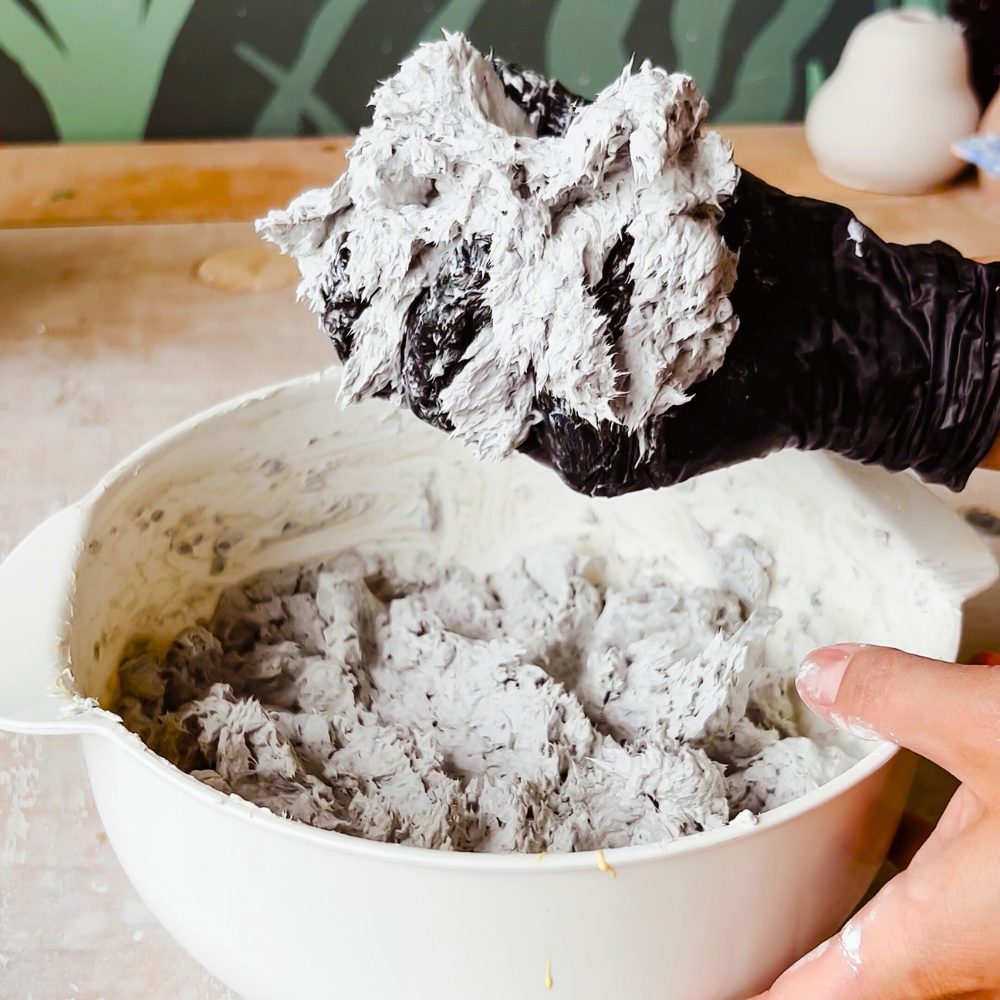


Comparing Paper Clay to Traditional Clay
While paper clay offers many benefits, it is essential to understand how it compares to traditional clay.
Traditional clay, such as earthenware, stoneware, or porcelain, has its own set of properties that make it suitable for different types of ceramics work.
Paper clay, however, stands out for its ability to be used in delicate, intricate designs that would be challenging to achieve with regular clay.
Making Your Own Paper Clay
For those interested in creating their own paper clay, the process involves mixing clay with paper pulp made from recycled materials like toilet paper.
This DIY approach allows artists to customize the clay body to their specific needs, adjusting the amount of paper fibers to achieve the desired strength and workability.
Making your own paper clay can be a cost-effective and environmentally friendly option.
Sculpting Large Pieces with Paper Clay
The structural integrity provided by paper fibers makes paper clay an excellent choice for sculpting large pieces.
The risk of large sculptures cracking or collapsing during the drying process is significantly reduced.
Additionally, paper clay remains lighter than traditional clay when dry, making it easier to handle and transport large artworks.
Surface Treatments and Finishing Techniques
After sculpting with paper clay, artists can apply various surface treatments to enhance their work.
Techniques such as terra sigillata can be used to create a smooth, high-gloss finish, while glazes can be applied to achieve a range of colors and effects.
The porous nature of fired paper clay also allows for the absorption of pigments and washes, providing additional options for finishing.
Embrace the Future of Sculpting with Paper Clay
In the realm of artistic creation, paper clay emerges as a revolutionary ally, empowering sculptors to transcend traditional limitations and embrace a world of innovation.
Paper clay is an excellent medium for sculpting, offering unique benefits that make it suitable for a wide range of artistic projects.
Its remarkable properties not only alleviate common sculpting frustrations but also open doors to uncharted territories of artistic expression.
Its ability to reduce cracking, ease of repair, and strength when dry or fired make it a valuable material for both novice and experienced sculptors.
Whether you're just starting to mold your first masterpiece or you're a seasoned artist seeking to redefine the contours of your craft, paper clay stands as a testament to the ever-evolving dialogue between the sculptor's vision and the medium's potential.
By understanding the properties and potential of paper clay, artists can push the boundaries of their creative work and explore new sculptural possibilities.
As we've seen, the fusion of paper fibers with clay is not just a material; it's a catalyst for creativity.
So, why not let your hands dance with the possibilities of paper clay and see what wonders you can unfold?
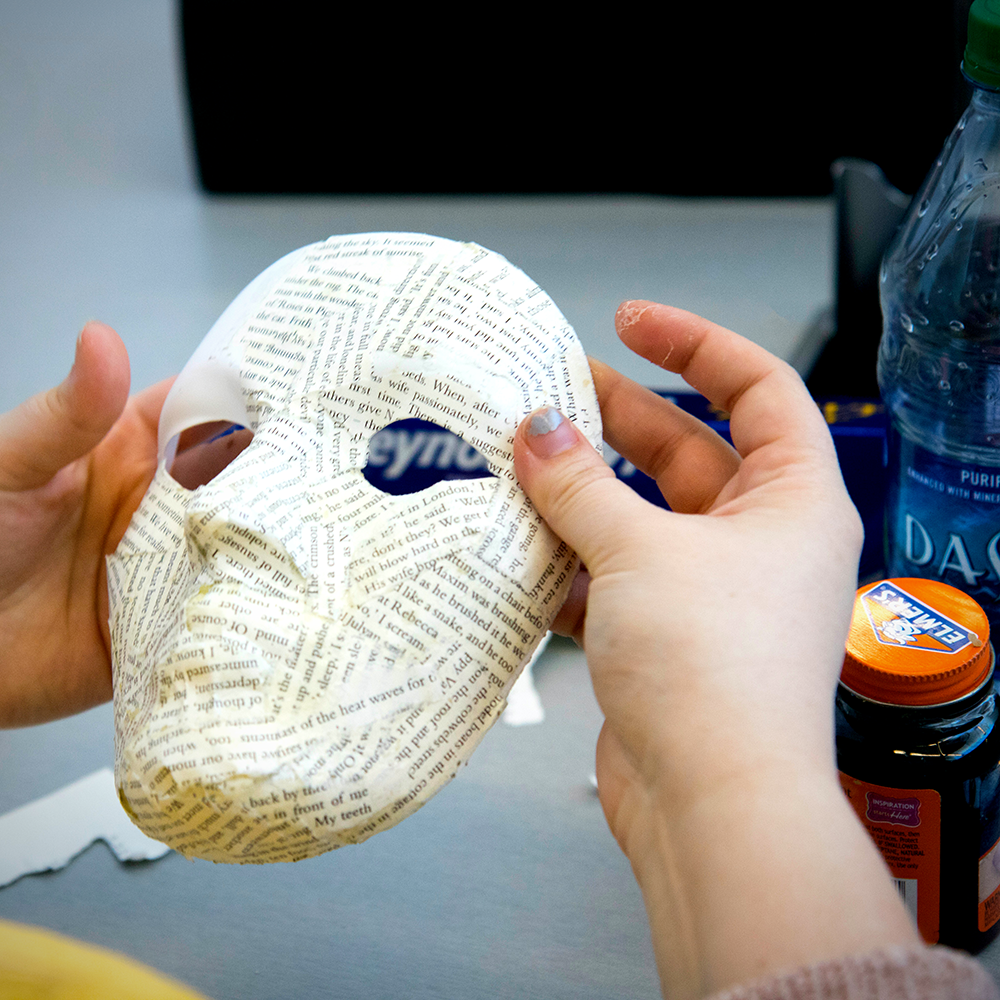
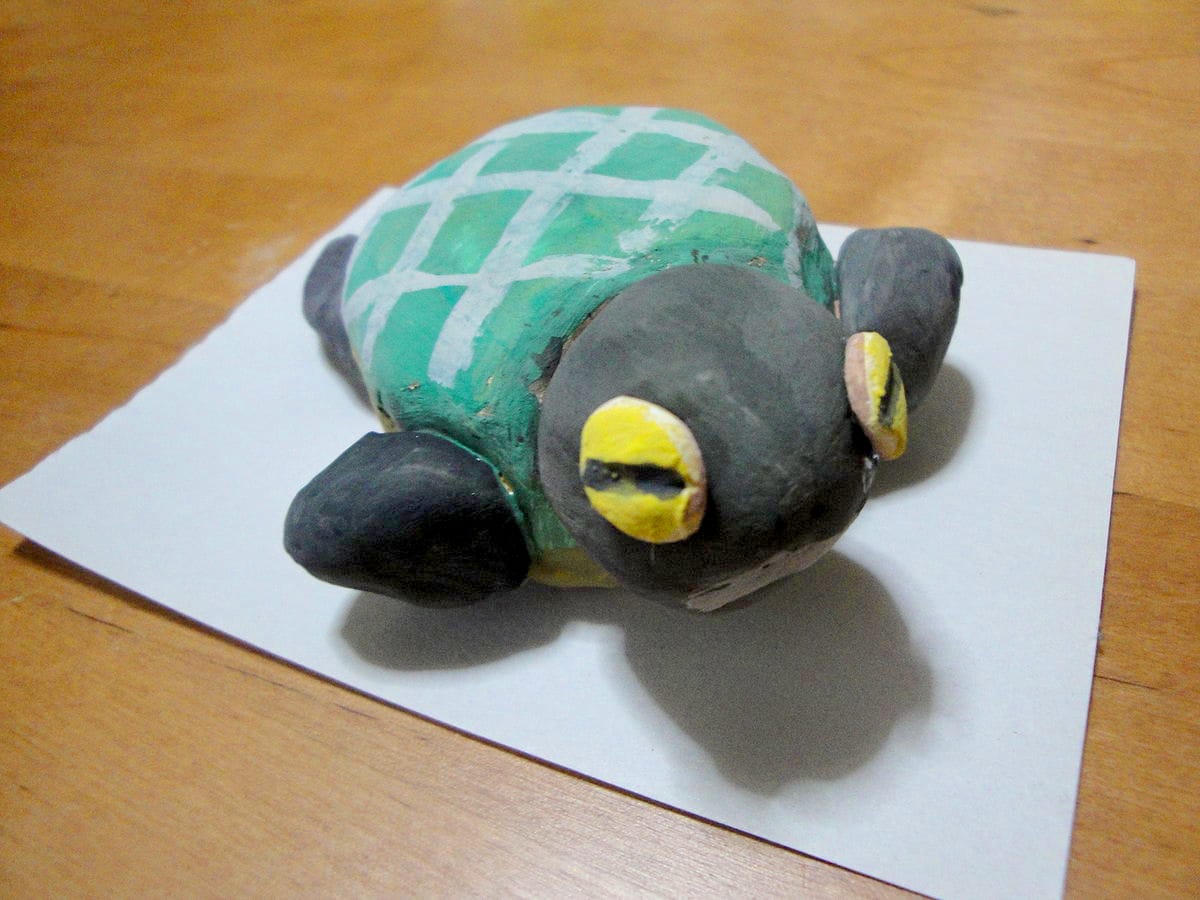

Paper Clay FAQs
Are you intrigued by the unique medium of paper clay but find yourself swimming in a sea of questions?
Whether you're a seasoned ceramicist or a curious crafter, the world of paper clay opens up a realm of artistic possibilities that traditional clay can't touch.
But with its distinctive characteristics come queries about its functionality, strength, and compatibility.
Fear not, for we've compiled the most frequently asked questions to guide you through the ins and outs of this versatile material.
Let's dive into the nitty-gritty of paper clay and discover how it can transform your ceramic creations!
Can paper clay be used for functional ceramics, such as dishes or vases?
Yes, paper clay can be used for functional ceramics. However, it is important to ensure that the clay is properly fired to the right temperature to make it durable and food-safe if necessary.
How does the strength of paper clay compare to that of traditional clay after firing?
Paper clay can be just as strong as traditional clay after firing, if not stronger, due to the reinforcing properties of the paper fibers. The fibers burn out during firing, leaving a lightweight and strong ceramic piece.
Is it possible to mix paper clay with other types of clay?
Yes, paper clay can be mixed with other types of clay to achieve different properties. This can be done to alter the texture, workability, or firing characteristics of the clay body.
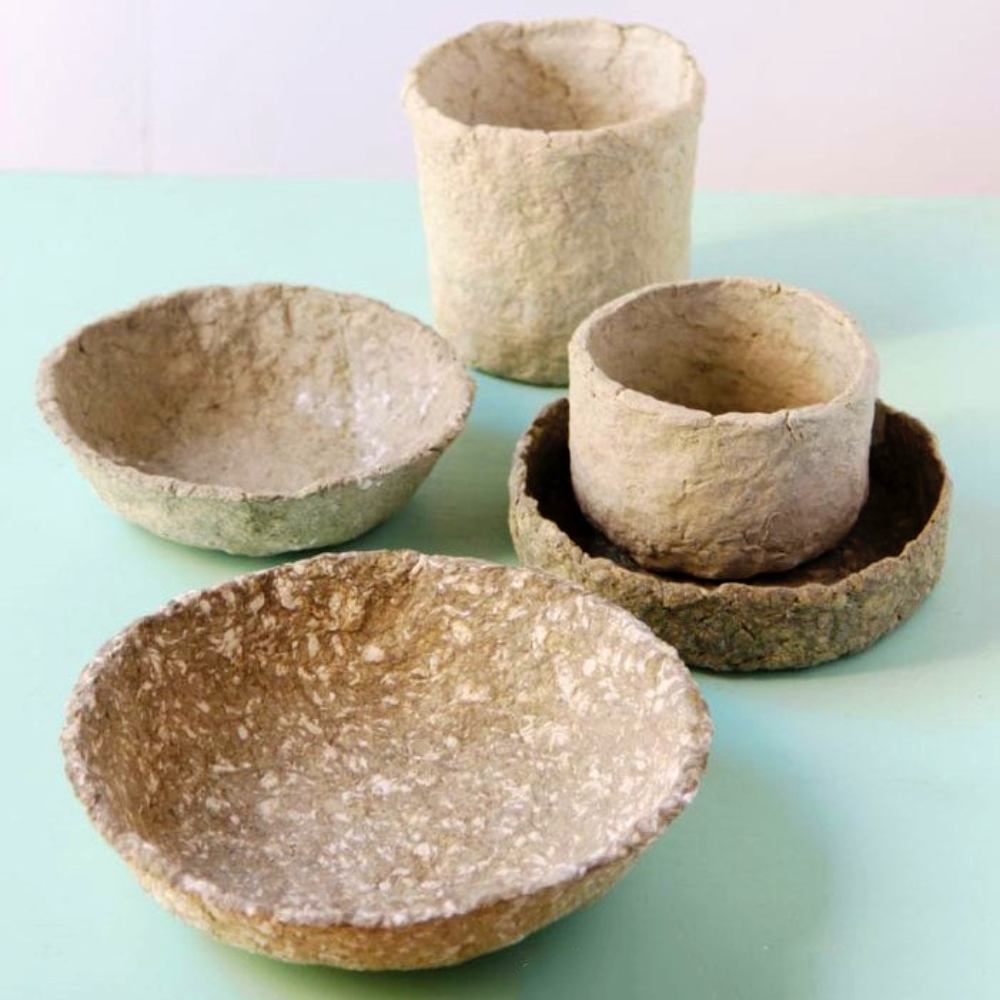

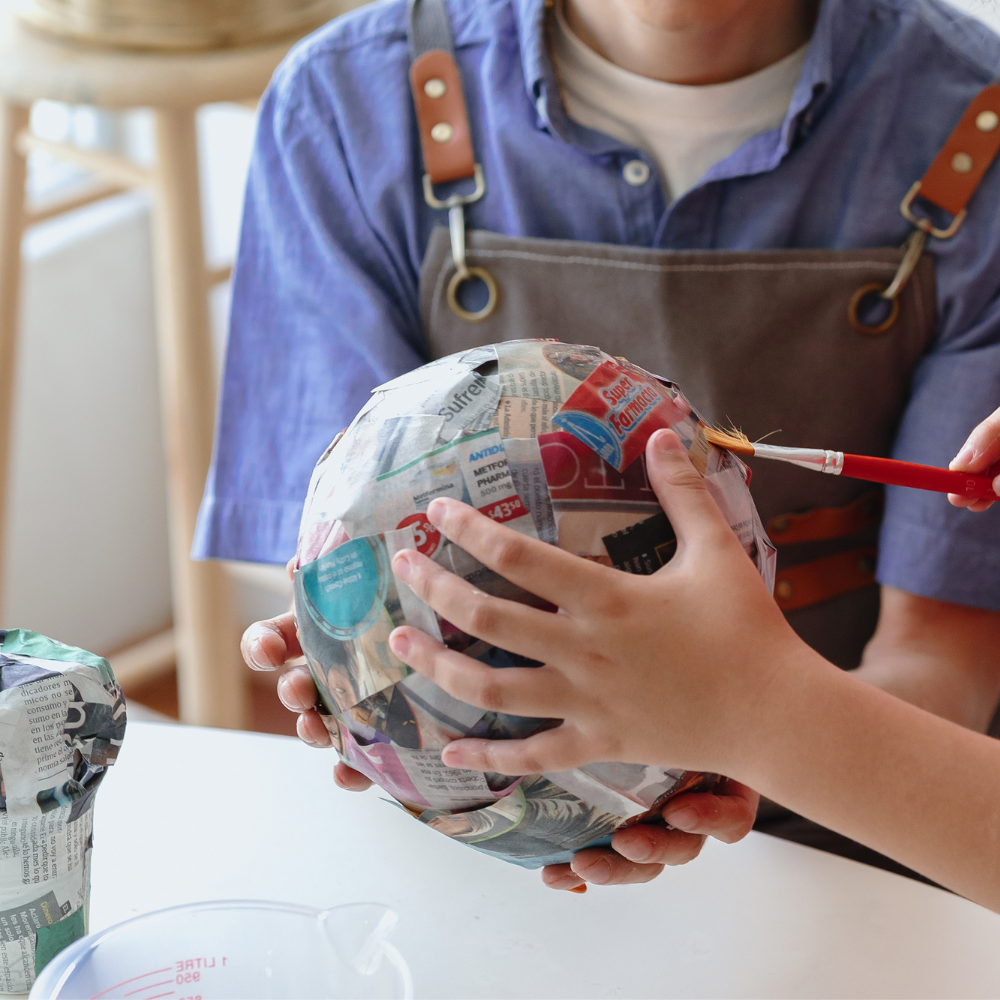
Interested in creating your own paper clay? Check out Our Upcycled Life's video!
Want even more content about creativity and art?
Be sure to check out all of our creative chronicles!
Ready to get creative with paper art?
Check out our other art paper articles:
-What are paper sculpture techniques?
-What paper do most artists use?
-Who is the artist that makes sculptures out of paper?

